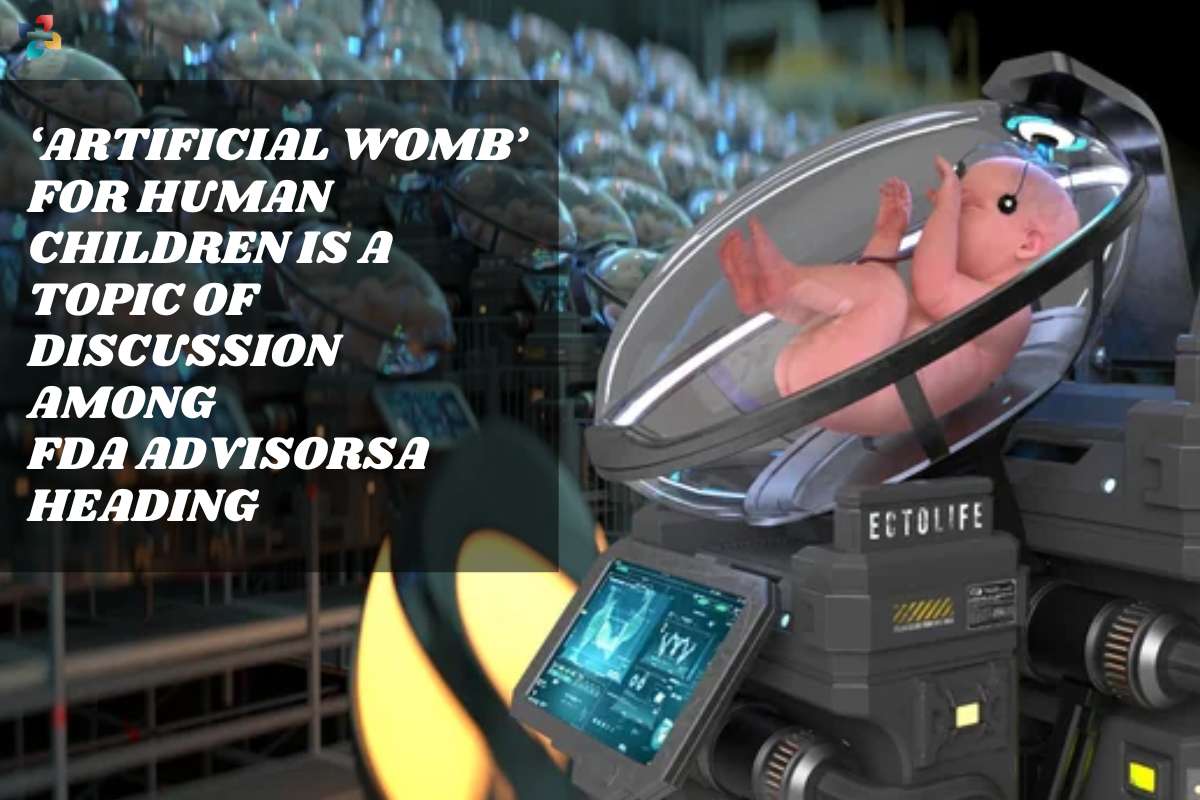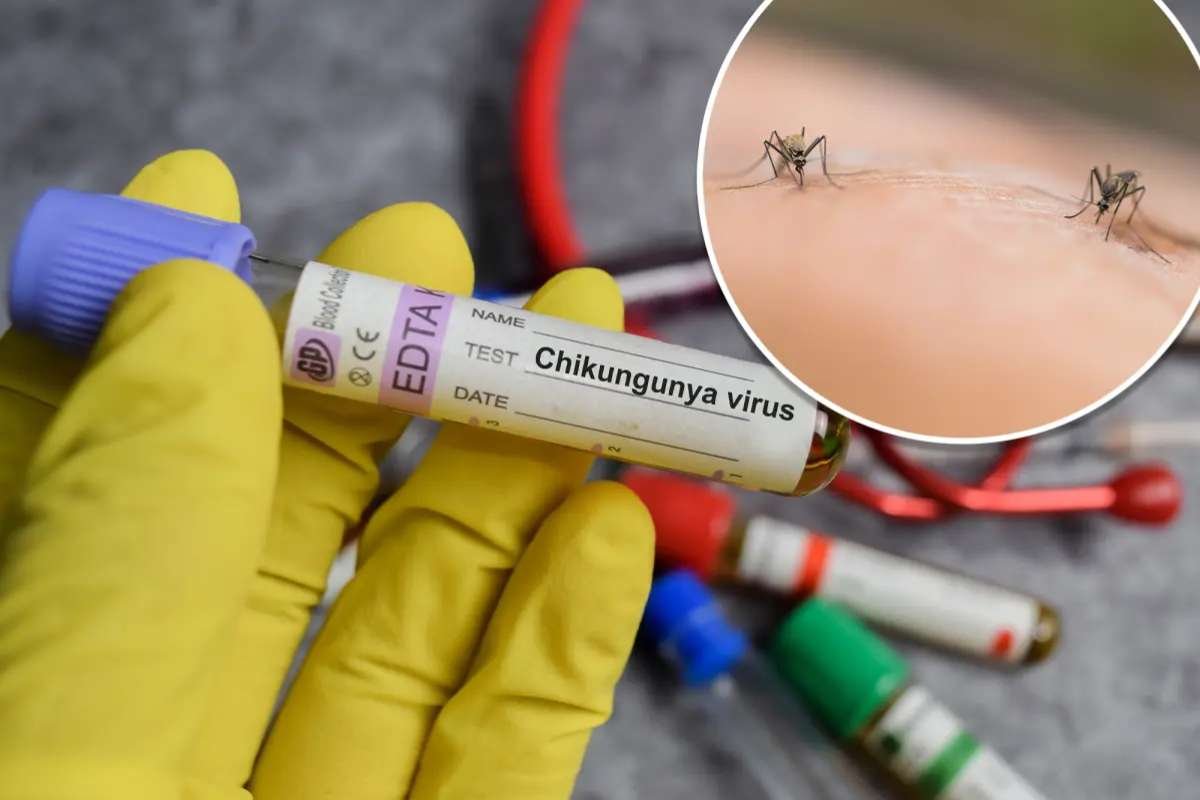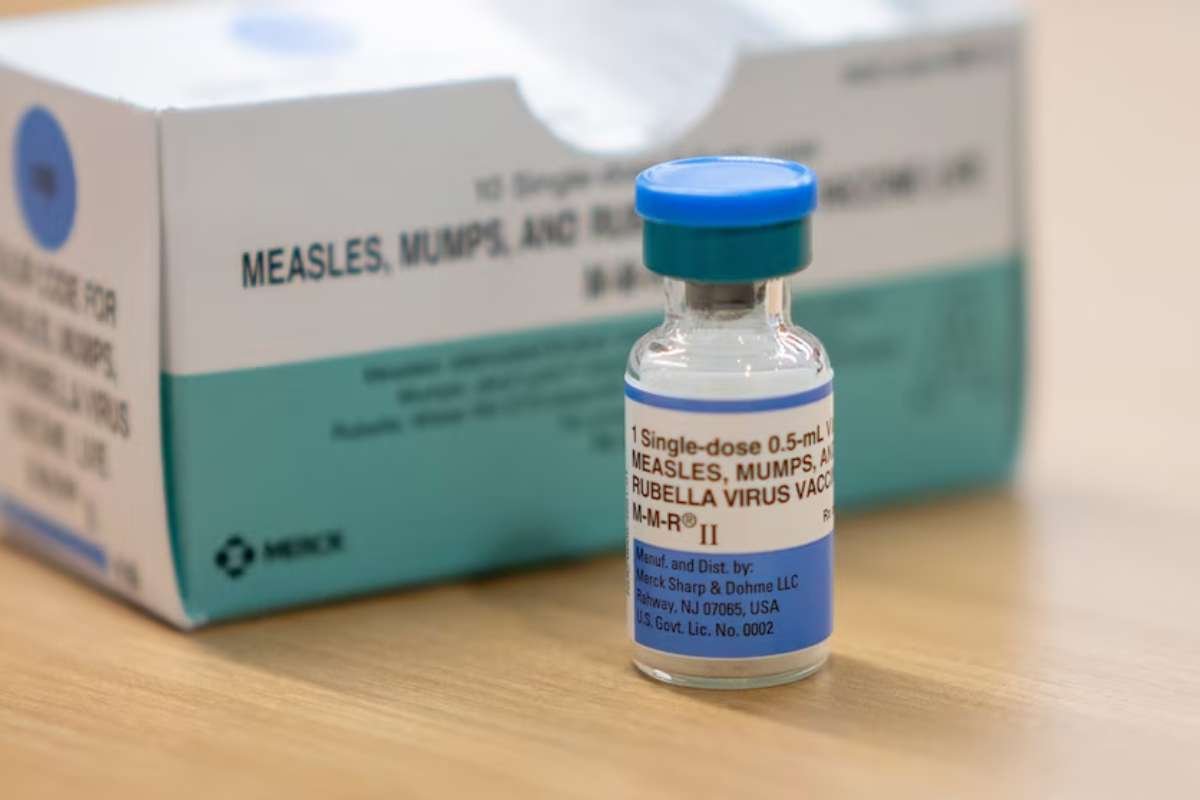The US Food and Drug Administration’s independent advisors are meeting this week to explore the rules, morals, and potential for developing an artificial womb to improve the chances that extremely premature newborns will survive—and without developing long-term health issues.
Although no such device has been tested on humans, it has been used successfully to produce animals in a few instances. During the first day of their two-day meeting on Tuesday, the advisers discussed the potential format of human trials.
A significant health issue might be resolved by the development of a human artificial womb. According to the World Health Organisation, preterm births are the leading cause of death for children under the age of five.
Premature birth puts a child at risk for a lifetime of health challenges like breathing difficulties, digestive problems, vision and hearing abnormalities, cognitive delays, and cerebral palsy since a baby’s lungs and brain finish growing late in pregnancy.
In the US, prematurity is a growing issue. According to the US Centres for Disease Control and Prevention, the proportion of preterm births grew from 10.1% of all births in 2020 to 10.5% in 2021. African Americans are disproportionately affected by the problem since they have 50% more preterm births than White and Hispanic persons do.
An artificial womb could not be utilised from conception to delivery; it is not intended to take the place of a pregnant person. Instead, a tiny proportion of infants who were delivered before 28 weeks of pregnancy, which is regarded as extreme preterm, might benefit from it. This early birth occurs in fewer than 1% of births.
The danger of death increases with the time of birth. For instance, a 2022 study that was published in the journal JAMA found that only around 30% of infants delivered at 22 weeks and just under 56% of kids born at 23 weeks actually survive.
The baby may be able to progress through those crucial last phases of development where the lung and brain are forming with the assistance of the artificial womb. It would provide oxygen, nourishment, and hormones just like a person’s womb.
Premature infants must remain in a neonatal intensive care facility, or NICU, where they can get specialised nourishment, additional heart care, assistance controlling their body temperature, and assistance with breathing.
Although NICUs frequently succeed in bringing premature infants through the first few months of life, hospital infections are a constant risk. In addition, putting the infant on a ventilator can harm their delicate lungs.
Scientists would need to demonstrate to the FDA that using an artificial womb for human experimentation will promote growth and development while potentially lowering the death and health issue rates when compared to current NICU care practises and technologies.
The FDA’s Paediatric Advisory Committee is debating the kind of data scientists will need to present in such trials, the kinds of rules that could be necessary, as well as any potential ethical issues. The group also reviewed the potential metrics required to assess the effectiveness of animal trials.
Several researchers have been using artificial wombs and animals in their experiments. The artificial womb is built slightly differently in each study.
In an experiment conducted in 2017, researchers from the Children’s Hospital of Philadelphia were successful in keeping a lamb that was still developing alive for 28 days in a fluid-filled, sterilised plastic bag. The lamb’s umbilical cord tissue was attached to tubes that carried amniotic fluid, medication, and oxygen. The team noticed healthy expansion and development in the lambs’ lungs, brains, and digestive systems.
German scientist develops artificial womb facility
Dr. Alan Flake, head of the Centre for Foetal Research at the Children’s Hospital of Philadelphia, told the committee on Tuesday that the technology is reliable and stable. Over 300 lambs have already been run in the synthetic womb, and the runs have been quite smooth overall.
He continued, “We have not seen any sudden, irreversible events that pose a threat to life.” The ability to swiftly remove the individual and transfer them into regular care, if necessary, is the “ultimate safety feature,” according to him.
“We believe that our preclinical data supports feasibility and safety and that it’s adequate for consideration of a carefully designed clinical study of artificial womb technology,” Flake said to the committee.
The Extra-uterine Environment for Newborn Development, or EXTEND, is a device that the team plans to test in people. Lambs survived 16 days in a trial of what researchers at the University of Michigan call an artificial placenta. Up until they could switch to mechanical ventilation, the scientists observed encouraging developments in lung function and brain development.
The group is working on a prospective research involving this work, according to Dr. George Mychaliska, the Robert Bartlett Collegiate Professor of Paediatric Surgery at C.S. Mott Children’s Hospital at University of Michigan Health, who gave a presentation to the committee on Tuesday. They intend to use their synthetic placenta on people as a form of “rescue therapy.”
Nevertheless, “we recognise there are many ethical and regulatory considerations prior to clinical translation,” Mychaliska said.
The lamb was incubated for a week in another experiment in Japan and Australia in an artificial womb called EVE. It had good lung development, but there was some brain damage because of a technological problem.
Researchers at the University of Toronto mimicked the lamb studies by using foetal pigs in an experiment with an artificial placenta. Although the umbilical cords of pigs and humans are comparable, there were concerns with blood flow and a few cardiac problems in that experiment.
Mike Seed, chairman of the cardiology division at the Hospital for Sick Children in Toronto, believes they are making progress despite the setbacks. He told the committee, “We are about to start a new series of trials using a third iteration of our circuit and remain extremely enthused about the promise of artificial womb technology.
The FDA committee agreed that researchers would need to choose the best animal model to test the artificial womb before such technology could be utilised on humans. According to experts, a discussion over the definition of viability, which refers to a person’s capacity for survival outside the womb, may also be necessary.
The ethics of deploying the technology were extensively examined by the committee on Tuesday, including the discussions doctors might have with parents about the potential success of an intervention if it is tested on humans.
Additionally, the advisors sought to guarantee that any human trials would be open to all. They also concurred that a thorough follow-up would be required to ascertain whether any long-term health consequences on children existed.
The committee also reviewed regulatory issues and additional safety measures because the trials will involve minors, which is required by law to take further safety precautions. To fairly determine whether the new technology would be an improvement over the care already available, the advisors looked at potential clinical considerations.
The FDA can use the two-day meeting to help direct how it regulates artificial wombs, but it is not required to follow the suggestions of the experts. The FDA makes decisions on its own terms.
The FDA stated that although the first day of the meeting was accessible to the public, the second day will be closed due to the nature of the research, which involves confidential material.







